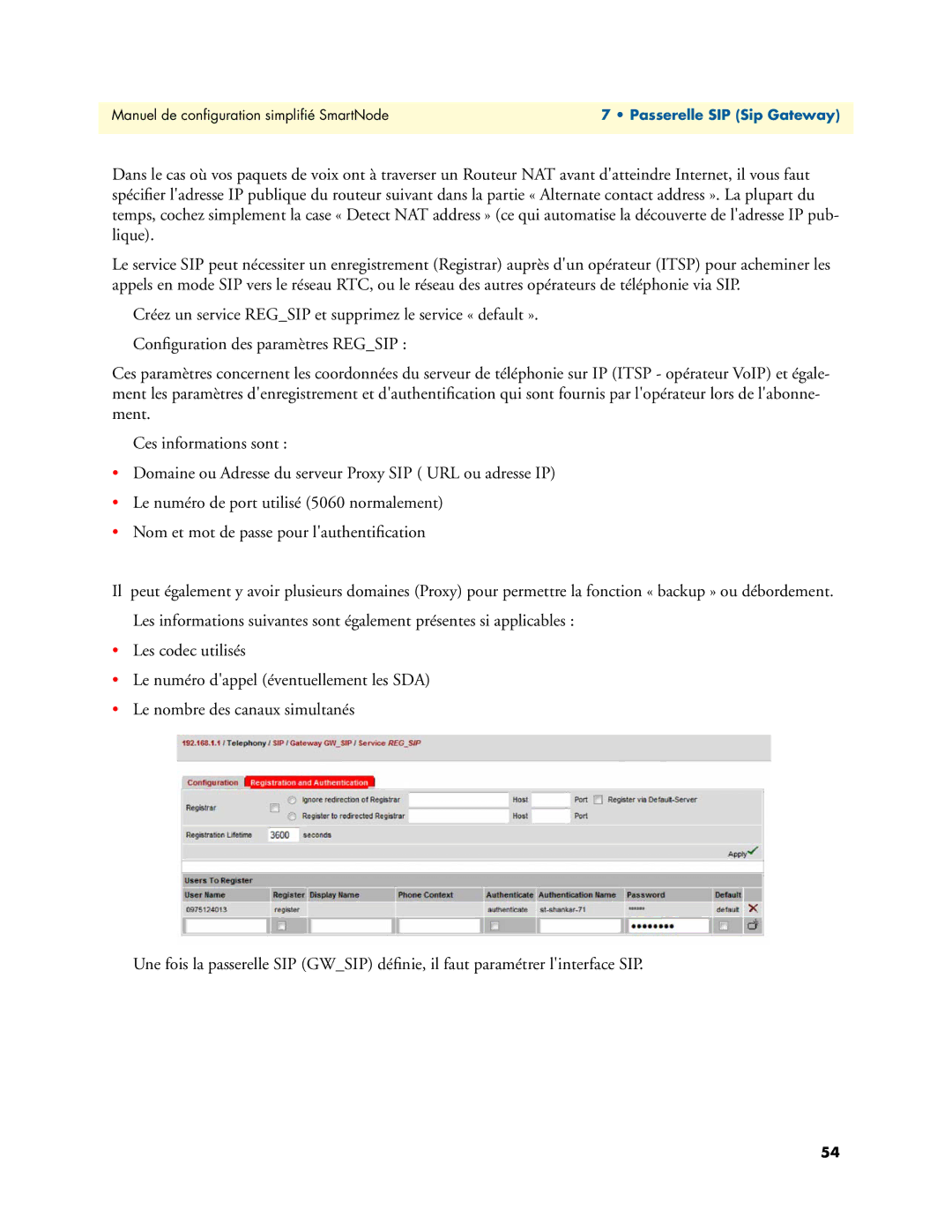46XX, 455X, 496X specifications
The Patton Electronics 496X, 455X, and 46XX series represent a cutting-edge suite of devices designed for enhancing telecommunications and data connectivity. Renowned for their reliability and robustness, these models cater to a variety of industry needs, including Ethernet over Copper, T1/E1 links, and a host of other connectivity solutions.Starting with the Patton 496X, this innovative device is engineered to efficiently convert T1/E1 signals to Ethernet. A standout feature is its ability to support both point-to-point and point-to-multipoint configurations, making it a versatile choice for network administrators. The 496X employs advanced adaptive equalization technology, which helps to optimize signal integrity over long distances, reducing downtime and ensuring smooth data transmission. Additionally, this model supports line monitoring and management, providing real-time insights into operational parameters and facilitating swift troubleshooting.
Next, we delve into the Patton 455X series. Designed for environments demanding high availability, the 455X features robust redundancy options, including backup power supplies and failover mechanisms. This model incorporates integrated diagnostics tools that enable users to conduct loopback tests and performance monitoring with ease. The 455X supports a range of interfaces, including RS-232 and RS-422, ensuring that it integrates seamlessly into existing communication infrastructures. With its compact design and modular architecture, it is easy to deploy and adapt as networking needs evolve.
Finally, the Patton 46XX series continues this trend of excellence with its emphasis on enhanced security and flexibility. This range is equipped with features such as secure VPN capabilities and encryption for data transmission, ensuring that sensitive information remains protected against unauthorized access. The 46XX series also offers scalable solutions, ideal for organizations looking to expand their operations without having to overhaul their entire network setup. Furthermore, these devices are built to withstand harsh environmental conditions, enhancing their longevity and reliability in field applications.
In summary, the Patton Electronics 496X, 455X, and 46XX series are propelled by cutting-edge features and technologies aimed at boosting network performance and resilience. Their adaptability in various telecommunications environments, combined with robust security measures and ease of integration, makes them a preferred choice for enterprises looking to optimize their data transmission capabilities. These devices not only enhance operational efficiency but also empower organizations to stay ahead in an increasingly connected world.

